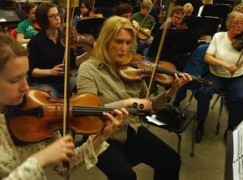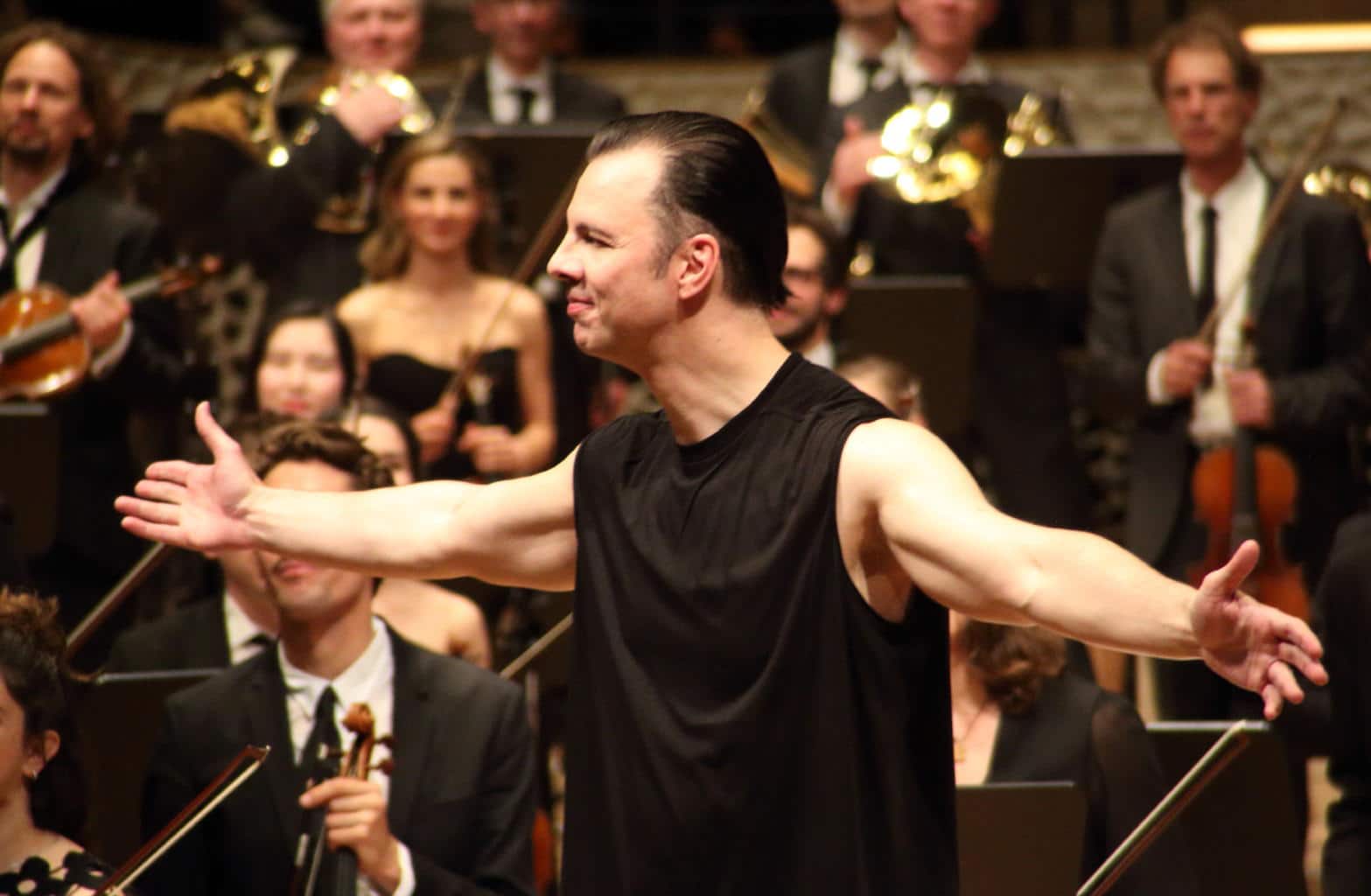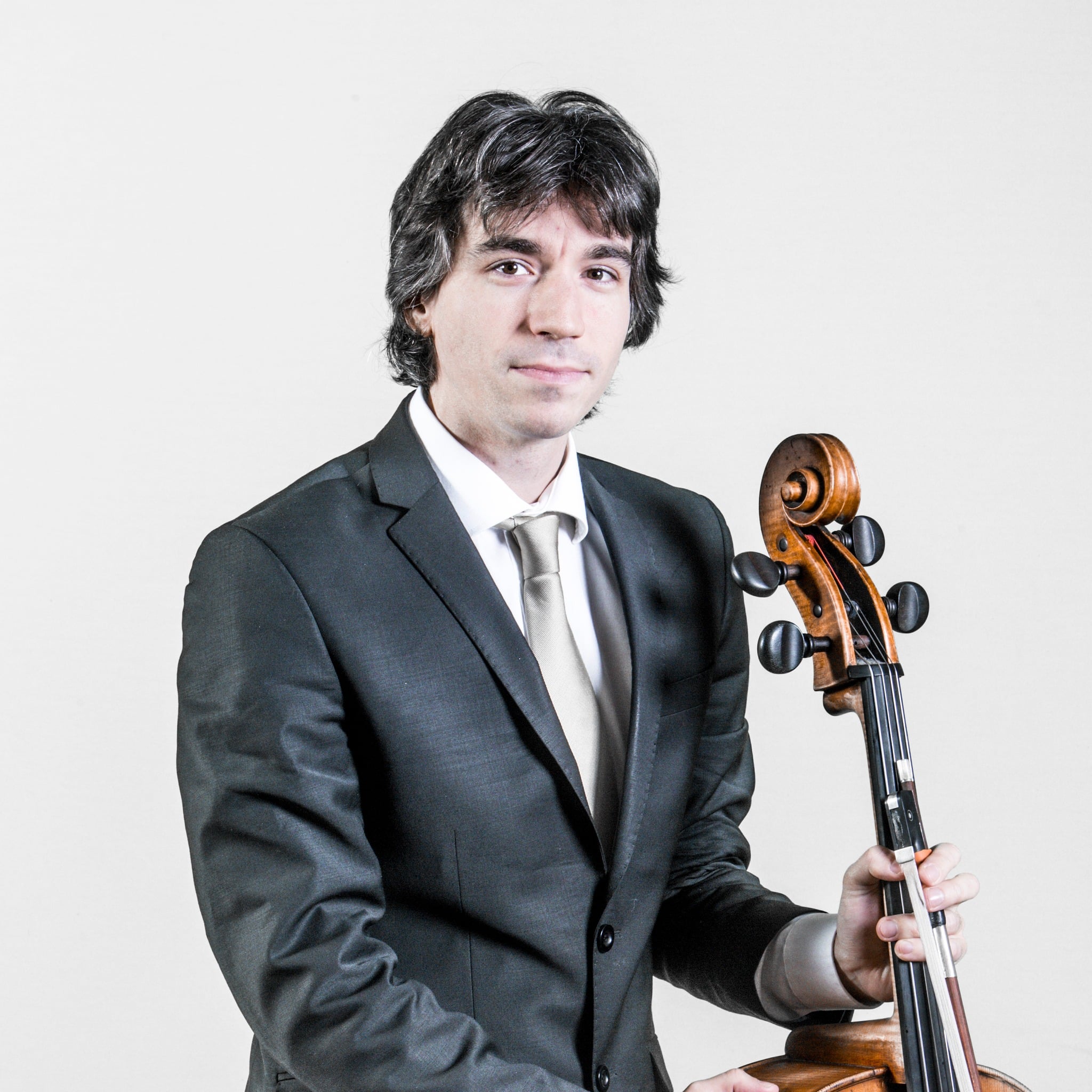Women make up more than half of all US orchestral players
main…. According to a reflective piece on Bloomberg by economics Professor Melvyn Krauss:
Once considered a protected male preserve, symphony orchestras are becoming the most gender-blind employers in the U.S. The St. Louis Symphony had 18 women out of 88 musicians in 1964. In 2016, more than half of its musicians were women.
During the same period, the Chicago Symphony Orchestra went from three women out of 104 to 41 out of 102. And the New York Philharmonic went from no women to 41 women out of 100. Today, over 50 percent of the chairs in the top 250 U.S. orchestras are filled by women.
Read on here.






Comments